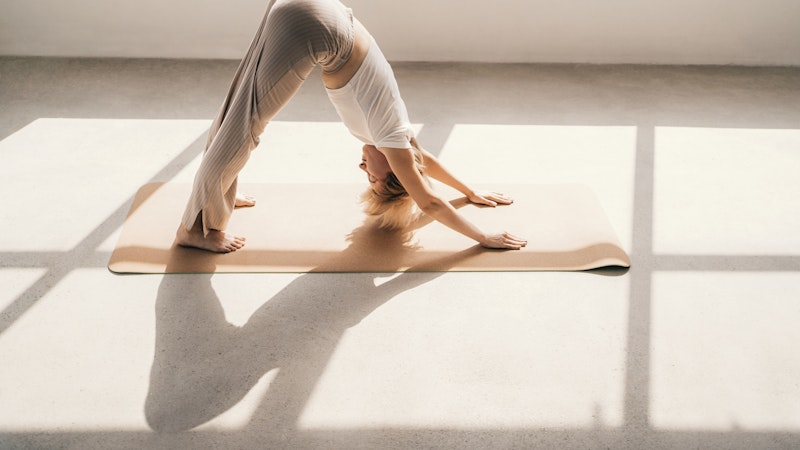Candid Insights
Exploring the latest trends and stories that shape our world.
Stretching Your Limits: How Yoga Can Bend Your Mind and Body
Unleash your potential! Discover how yoga can transform your mind and body in ways you never imagined. Stretch your limits today!
5 Breathing Techniques to Enhance Your Yoga Practice
Breathing is an essential component of yoga that can significantly enhance your overall practice. Incorporating specific breathing techniques not only deepens your connection to each pose but also improves your focus, relaxation, and energy levels. Here are five effective breathing techniques to consider:
- Diaphragmatic Breathing: Also known as abdominal or belly breathing, this technique encourages full oxygen exchange, helping to lower stress levels and improve lung function.
- Nadi Shodhana: This alternate nostril breathing technique is believed to balance the body's energy channels, promoting relaxation and mental clarity.
- Ujjayi Breath: Often referred to as the 'ocean breath', this technique involves constricting the throat slightly to create a sound that resembles ocean waves, enhancing your focus and endurance.
- Box Breathing: A method used to regulate breath and calm the mind, box breathing involves inhaling, holding, exhaling, and holding your breath again for equal counts.
- Bhramari: Also called 'humming bee breath', this technique involves making a humming sound while exhaling, which can help reduce anxiety and improve concentration.
By integrating these breathing techniques into your yoga practice, you can elevate your experience on the mat, leading to a more mindful and rejuvenating session.

How Yoga Transforms Your Mental and Physical Flexibility
Yoga has been practiced for thousands of years, renowned for its ability to promote both mental and physical flexibility. By engaging in a consistent yoga practice, individuals can significantly enhance their range of motion and reduce muscle tension. This transformation occurs through a series of postures, or asanas, that gradually stretch and strengthen the body. As a result, practitioners often find themselves not only feeling more agile but also experiencing less discomfort during everyday activities. Regular practice can lead to improved posture, alleviating the stiffness commonly associated with sedentary lifestyles.
Beyond the physical benefits, yoga also plays a crucial role in cultivating mental flexibility. The mindfulness and meditation aspects of yoga encourage individuals to develop greater self-awareness and emotional regulation. Techniques such as focused breathing and meditation help to clear the mind, reduce stress, and promote a sense of calm. This mental adaptability translates into daily life, allowing practitioners to respond to challenges with a more balanced and open perspective. Thus, yoga serves as a powerful tool for enhancing both mental and physical flexibility, making it an invaluable practice for holistic well-being.
What Are the Benefits of Yoga for Stress Relief?
Yoga has become widely recognized as an effective practice for managing stress, serving as a holistic approach to achieving mental and physical balance. One of the primary benefits of yoga for stress relief lies in its ability to induce a state of relaxation through various breathing techniques and postures. These methods help lower cortisol levels, the hormone primarily responsible for stress, and promote a sense of calm and well-being. Additionally, regular yoga practice can enhance one’s ability to cope with stressful situations by fostering resilience and mindfulness.
Moreover, yoga encourages greater self-awareness and emotional regulation, allowing individuals to identify their stress triggers more effectively. By incorporating meditative practices alongside physical postures, practitioners can cultivate a deeper connection to their thoughts and feelings. This mental clarity gained from yoga not only mitigates stress but also leads to improved focus and productivity. Overall, the benefits of yoga for stress relief extend beyond mere relaxation, enriching one’s quality of life and promoting long-term wellness.